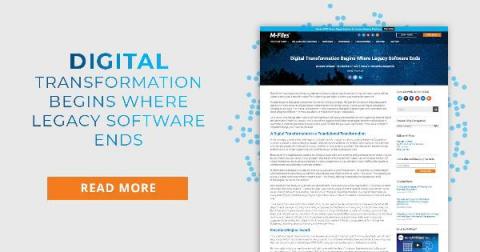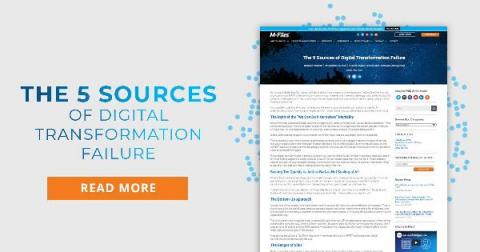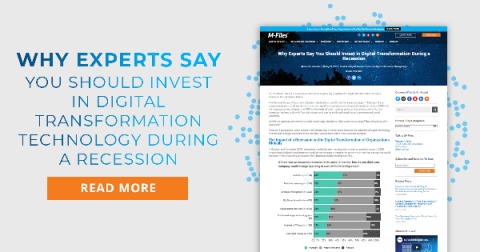Here's Where to Spend Your Money on Digital Transformation in a Post-COVID World
It's safe to say that the ongoing COVID-19 pandemic has been a challenge for all of us — especially for organizations that were in the process of undergoing their own digital transformations as the lock downs started in March 2020. The need to use technology to support a fast-paced and agile workplace was always paramount — but somehow, it's become even more so in an era where most of your employees are going to be working from home for the foreseeable future.










